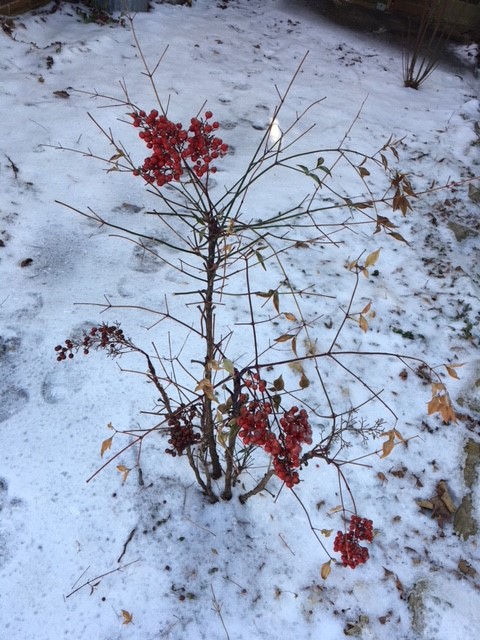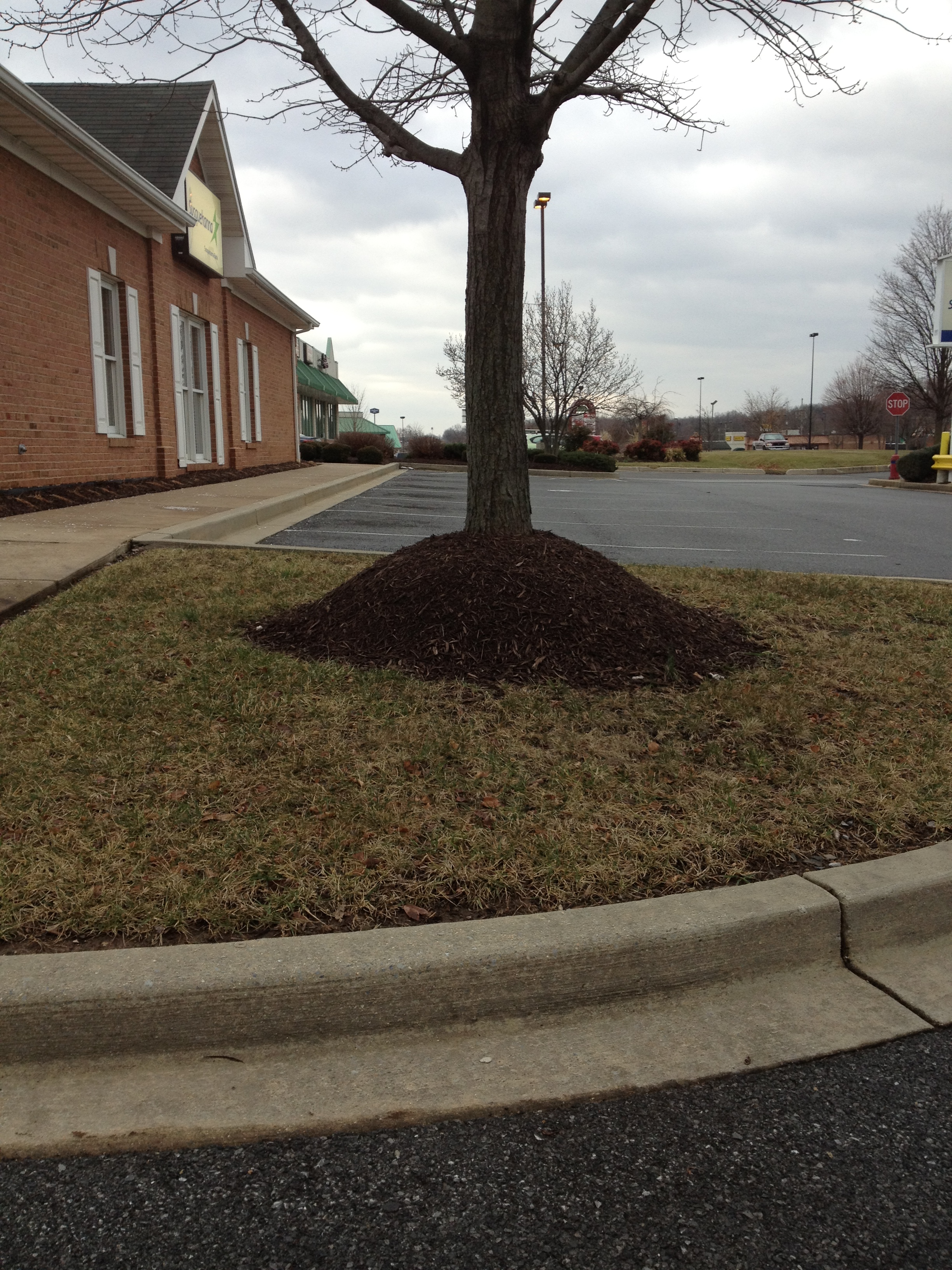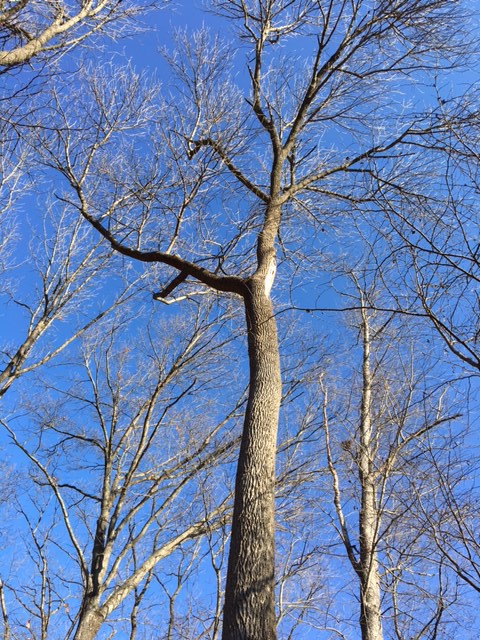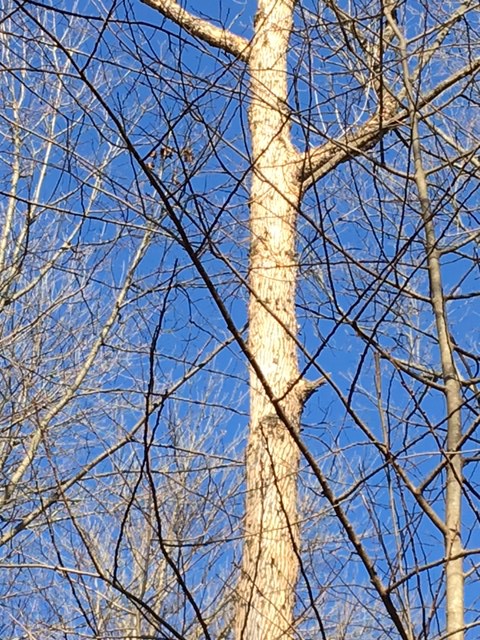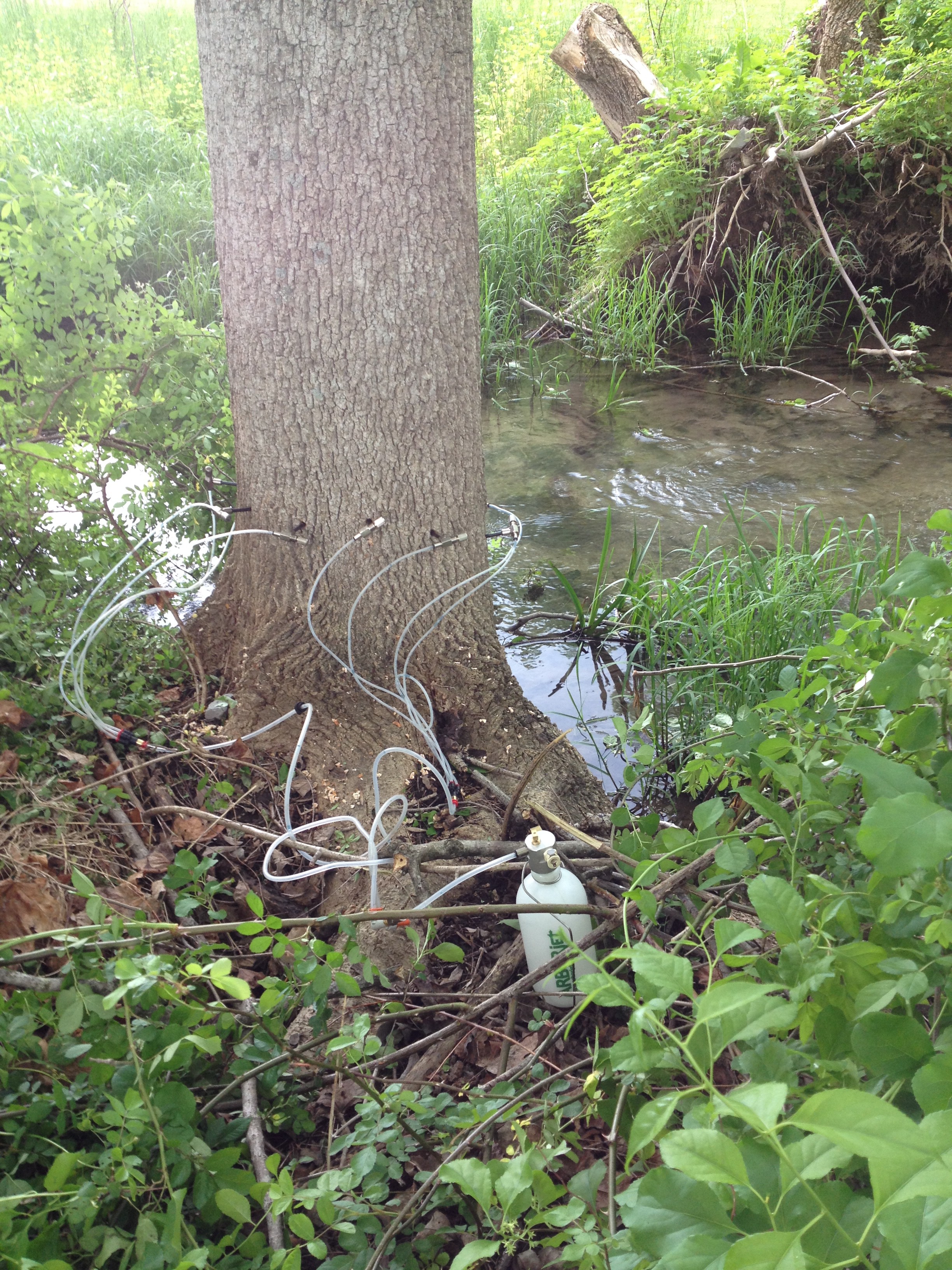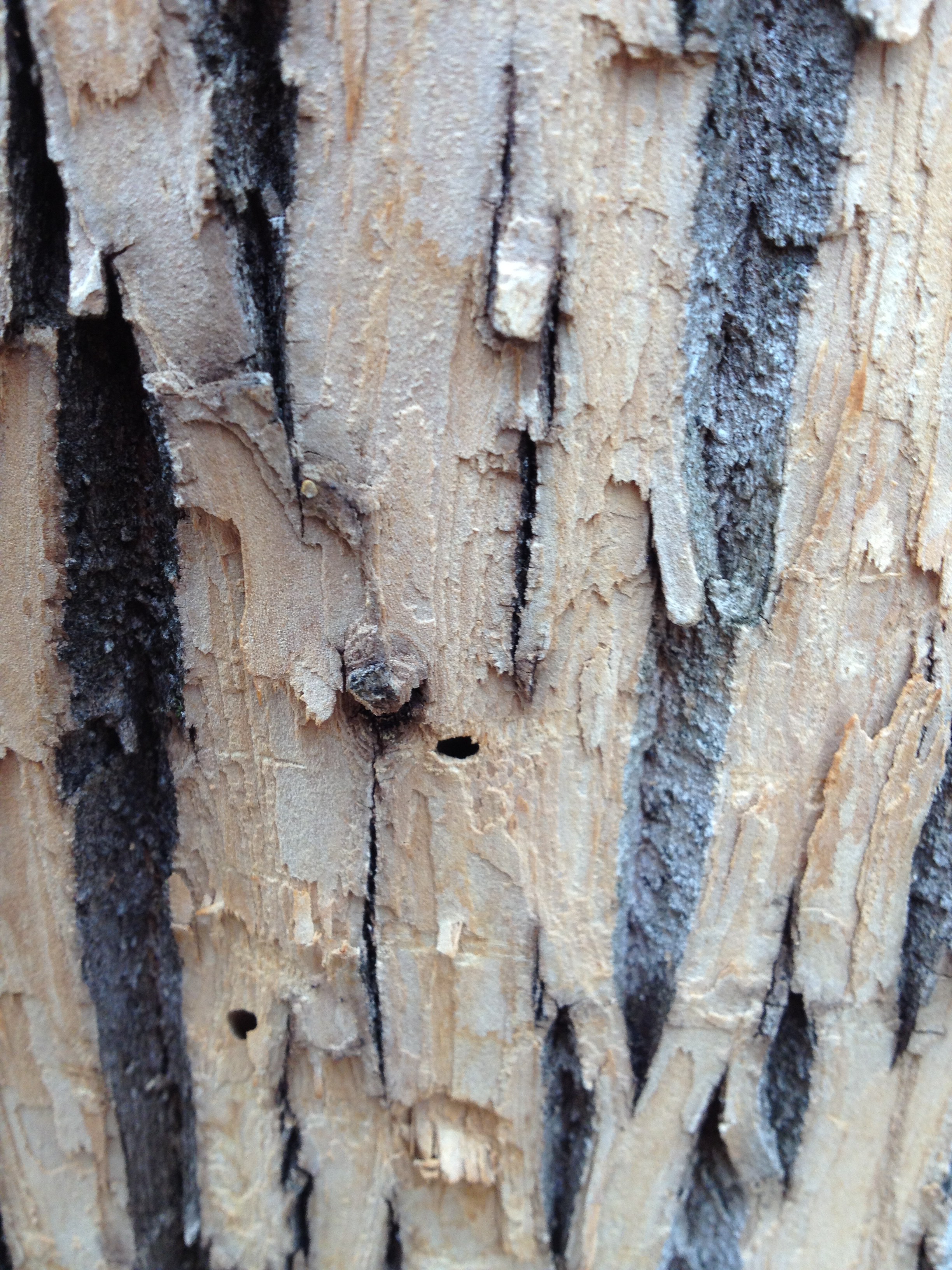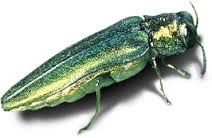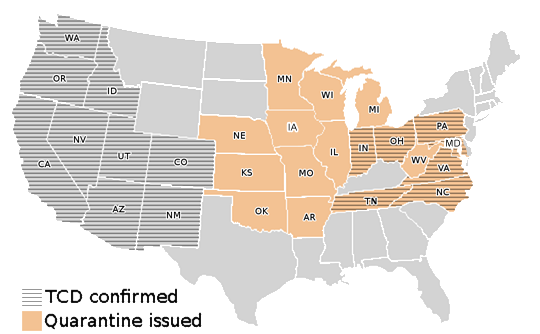A Tree’s Formative Years: Structural Pruning in Three Easy Steps
When is the best time to prune trees? I find it hard to give a simple answer to this frequent question. It depends on the tree and the circumstance but I usually boil my answer down to these three points:
For those perfectionists that are good planners and want to get it done just right, dormant season (winter) pruning has the most advantages. These include avoiding the spread of disease; minimizing stress; maximizing the tree’s ability to seal pruning wounds through the upcoming growing season; and the lack of leaves (on deciduous trees) revealing branching structure and allowing you see what you are doing!
However, sometimes I say the best time to prune is when you can. If you use clean, sharp tools and proper technique, don’t sweat the timing. Note that if your tree species is susceptible to pests that attack during the growing season, avoid late spring through mid-summer.
Finally, I answer the ‘when’ question in terms of at what point during the tree’s lifespan. Answer: when the tree is young and has recovered from the shock of planting. This is when branches are reachable and pruning cuts will be smaller and likely to seal completely. Most importantly, these are the tree’s formative years and, as with us humans, this is a chance to provide guidance and direction, setting the youngster on a trajectory toward a long and healthy future. This is done through ‘structural pruning’, a pruning technique that can be performed by following three simple steps.
Step 1: Remove any dead, diseased, or damaged branches (the three D’s), as well as those that are crossing or conflicting with other branches or permanent structures (your house, for example!). Also prune out any suckers or sprouts growing from the tree’s base or along its stems, respectively. Before moving on to Step 2, take a look at how much was removed as a result of this step. If you have removed 25% or more of the overall crown, wait until the following year to move on.
Step 2: Address any ‘co-dominant’ stems, i.e. those that are competing to become the central leader/trunk. It is not always possible but your tree will exhibit superior structural strength (and associated health) in the long term if it is encouraged to develop with one dominant trunk. Remember, ‘There can be only one leader!’ So if you have co-dominant stems, pick one to encourage then either eliminate the other altogether or subordinate it by reducing it down to a smaller lateral branch.
Step 3: Address spacing along and around the trunk. In your mind’s eye, picture a spiral staircase and see if you can nudge your tree in that direction. In large shade trees the major ‘scaffold’ branches should be three to five feet apart along the length of the trunk with few branches whirling around the trunk at a single point (a losing battle with some species). When structural pruning a young tree, aim for a spacing of 12 to 18 inches along the length of the trunk.
These three steps to structural pruning will give you added confidence that your tree will grow to be big and strong, making you a proud parent.
There is much more to consider regarding proper pruning cuts and mistakes to avoid so if you want to learn more, here are a few online resources that can help:
Urban Tree Foundation – http://urbantree.org
Casey Trees How-To Guide – http://caseytrees.org/resources/howto/
US Forest Service Tree Owner’s Manual (downloadable copy) – http://na.fs.fed.us/urban/treeownersmanual/
US Forest Service How to Prune Guide – http://na.fs.fed.us/spfo/pubs/howtos/ht_prune/htprune-rev-2012-screen.pdf
A note about safety: Always wear gloves and safety glasses. Use the right tool for the size and location of your cuts – a homeowner’s pruning kit might include hand pruners, loppers, a pruning saw and a pole saw with a lopper attachment. If pruning large branches above your head, wear a hard hat and never prune near utility lines. For larger jobs, consider hiring a professional arborist certified by the International Society of Arboriculture. You should not need a chainsaw for structural pruning.
Shawn Walker, owner of Trees 101 (www.trees101.net), is a certified arborist and a registered consulting arborist based in Shepherdstown WV. Email: shawn@trees101.net
 Contact Us
Contact Us
